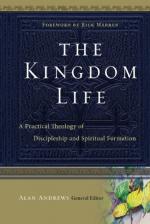|
This section contains 876 words (approx. 3 pages at 300 words per page) |

|
Life on Earth originated between 3.5 and 4 billion years ago. Since then millions of different organisms have evolved (and most have gone extinct). Faced with such a multitude and diversity of organisms, biologists have looked for ways to classify all these organisms into different groups to make it easier to study them. But what criteria should they use for grouping? And how big or small should the groups be?
The most meaningful way of grouping organisms is based on how they are related. In this way, group membership will reflect the organisms' common evolutionary history. This means that scientists want to group organisms that share a common ancestor. In addition, they want to show characteristics that unite all group members with each other but that also distinguish group members from nongroup members. For example, all mammals have hair and milk glands, characteristics unique to mammals...
|
This section contains 876 words (approx. 3 pages at 300 words per page) |

|


